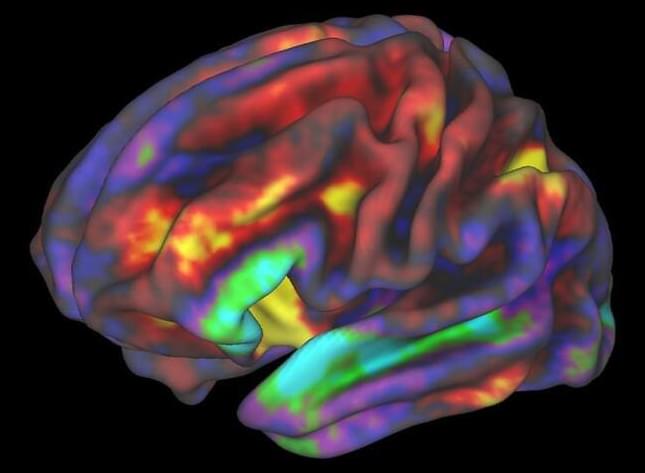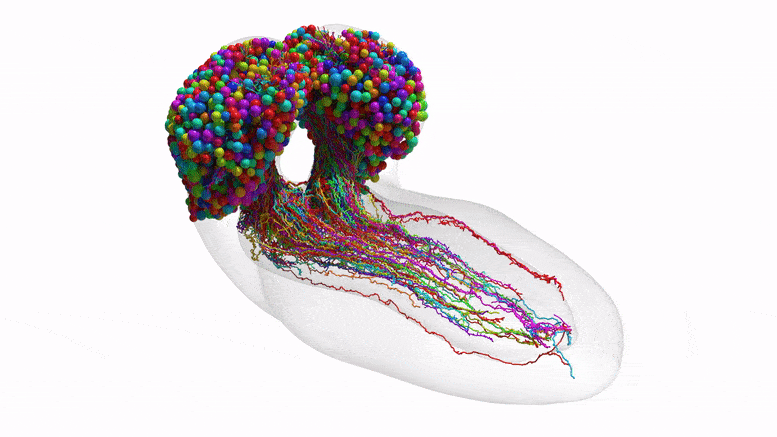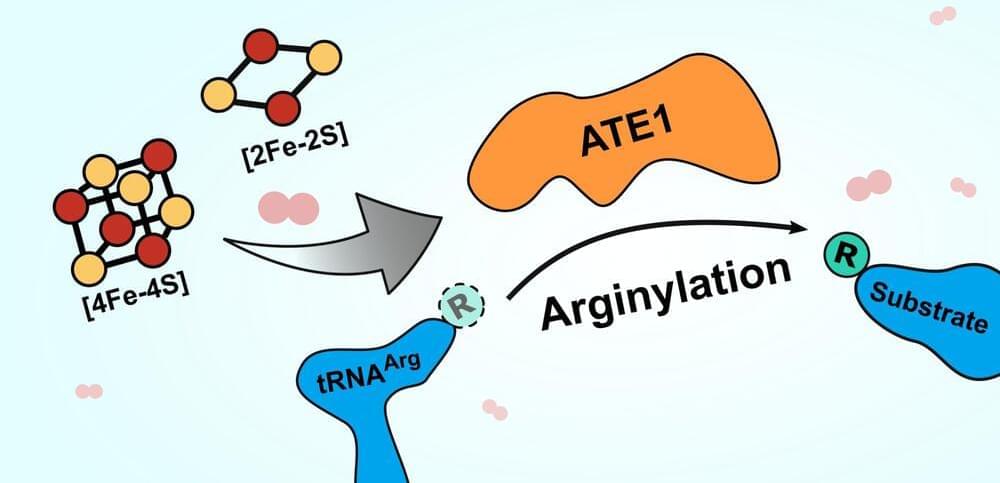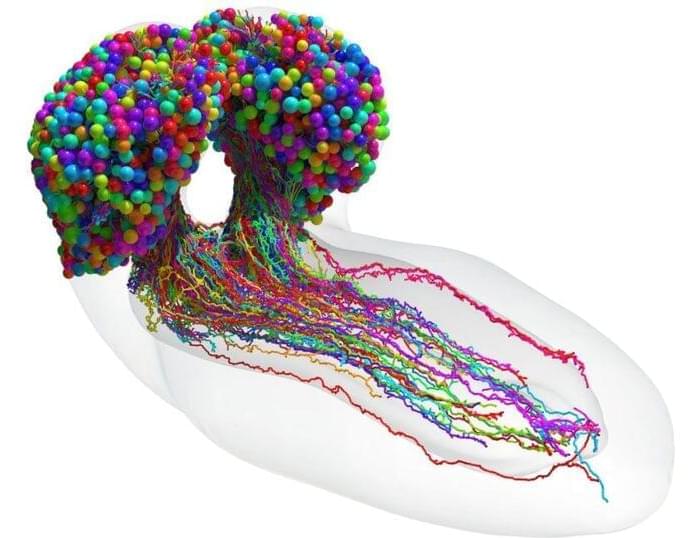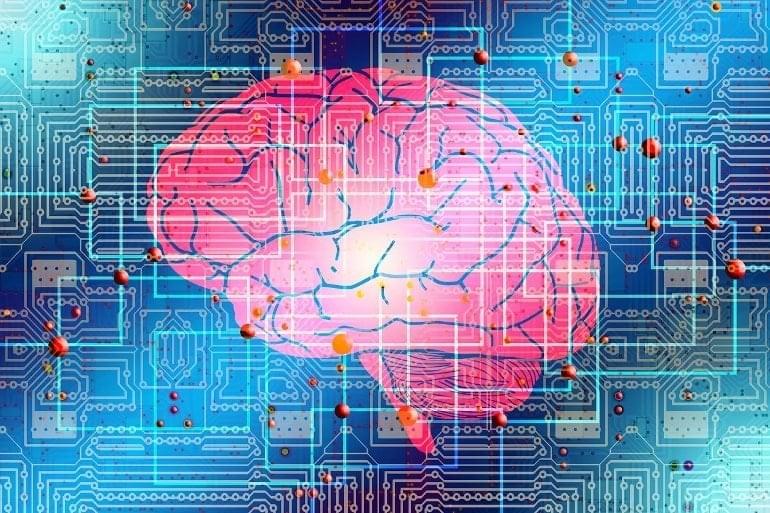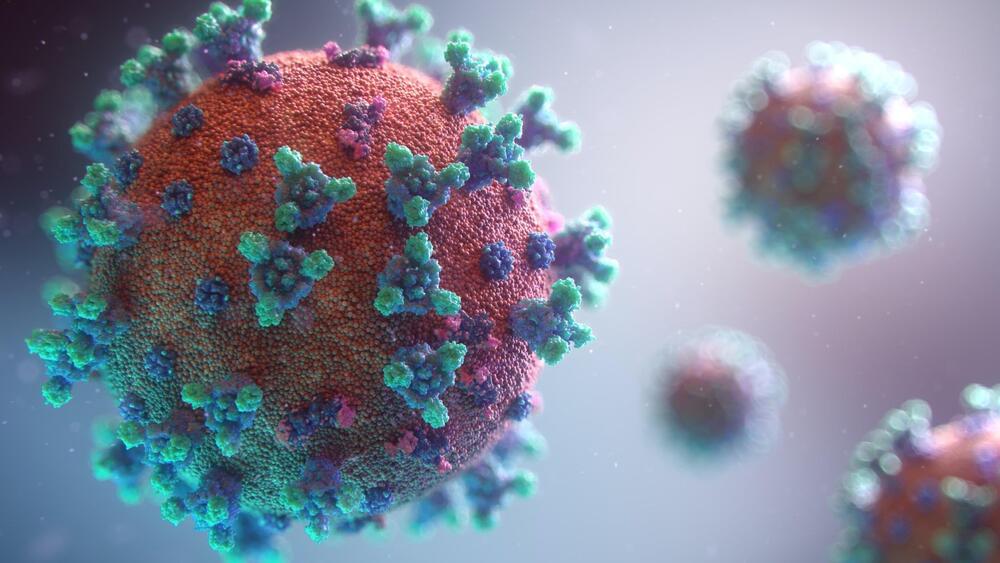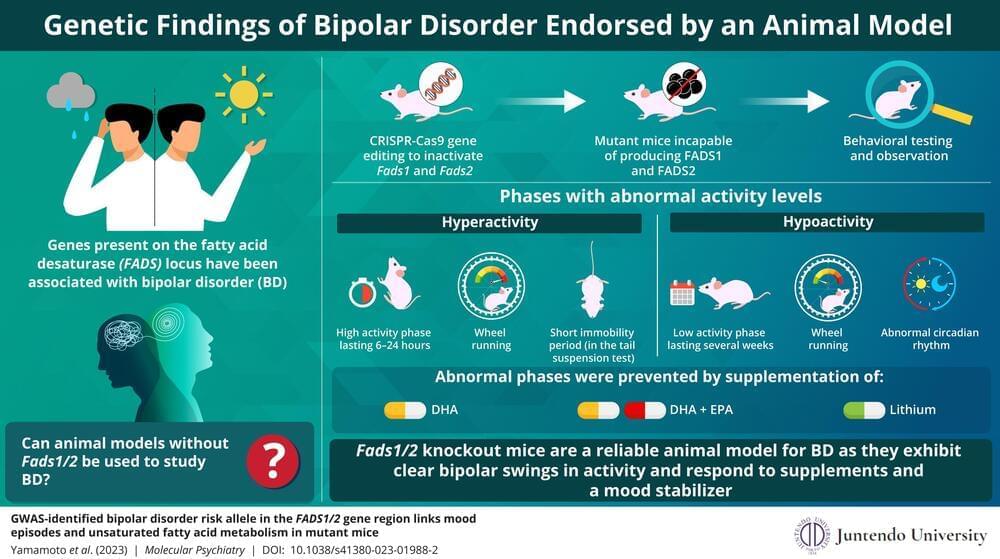A series of three neuroimaging studies identified a pattern of neural activation involving specific brain regions that differentiates drug users from non-users with 82% accuracy. Researchers named the pattern the Neurobiological Craving Signature (NCS). Their findings have been published in Nature Neuroscience.
Craving is a strong desire to use drugs or eat. It has long been considered a key factor driving substance abuse and overeating. It is one of the criteria used for diagnosing substance use disorders. Craving is often induced by exposure to certain stimuli. In the case of overeating, these include the smell or sight of food. In the case of drugs, craving can be induced by one being in places or situations he/she associates with taking drugs or being offered drugs. This is called cue-induced craving.
Earlier studies of craving have successfully relied on self-reported craving, but recent research has focused on discovering its biological basis. Human neuroimaging studies have identified neural circuits related to the risk of substance abuse. Some brain circuits have been found to be involved in different substance use disorders and risky behaviors. These include specific parts of the ventromedial prefrontal cortex (vmPFC), ventral striatal/nucleus accumbens (VS/NAc) and insula regions of the brain. These regions also appear to play a role in weight gain and obesity.
